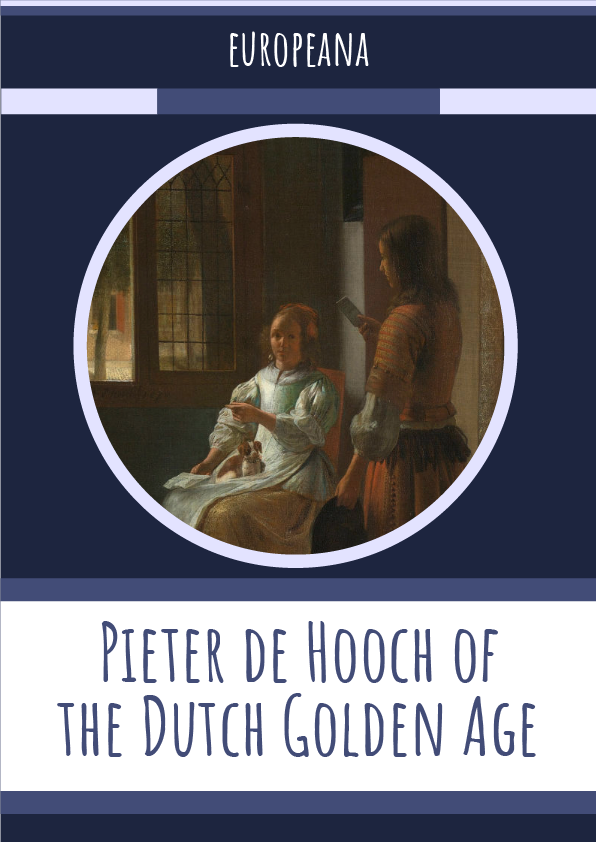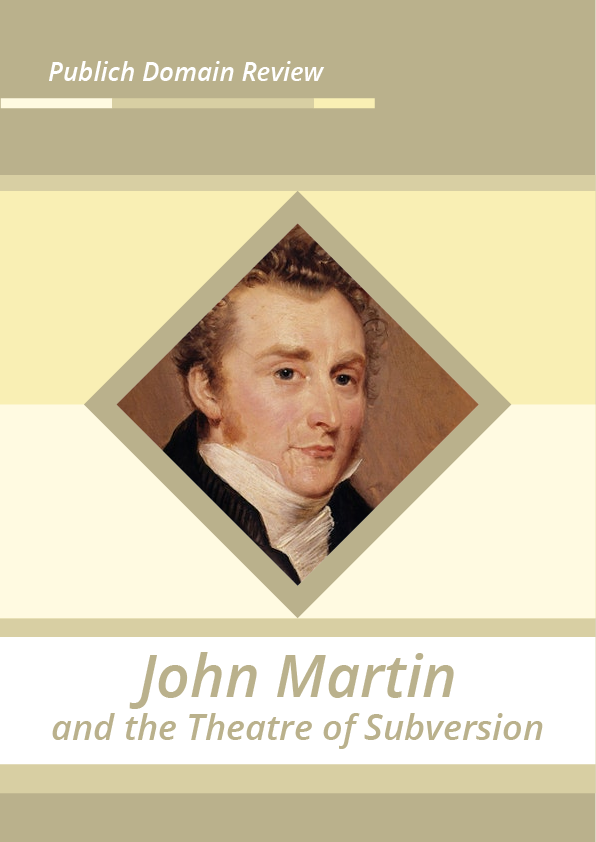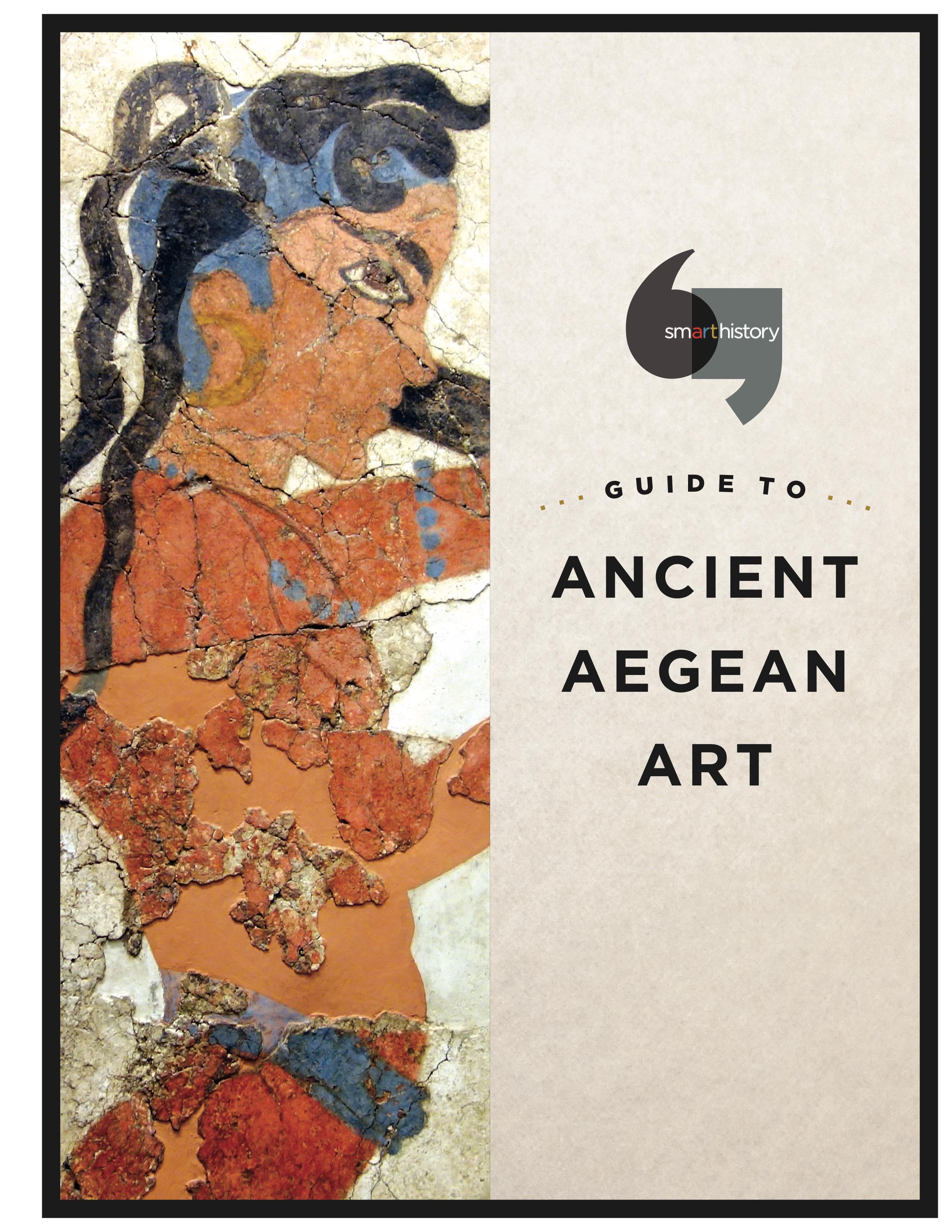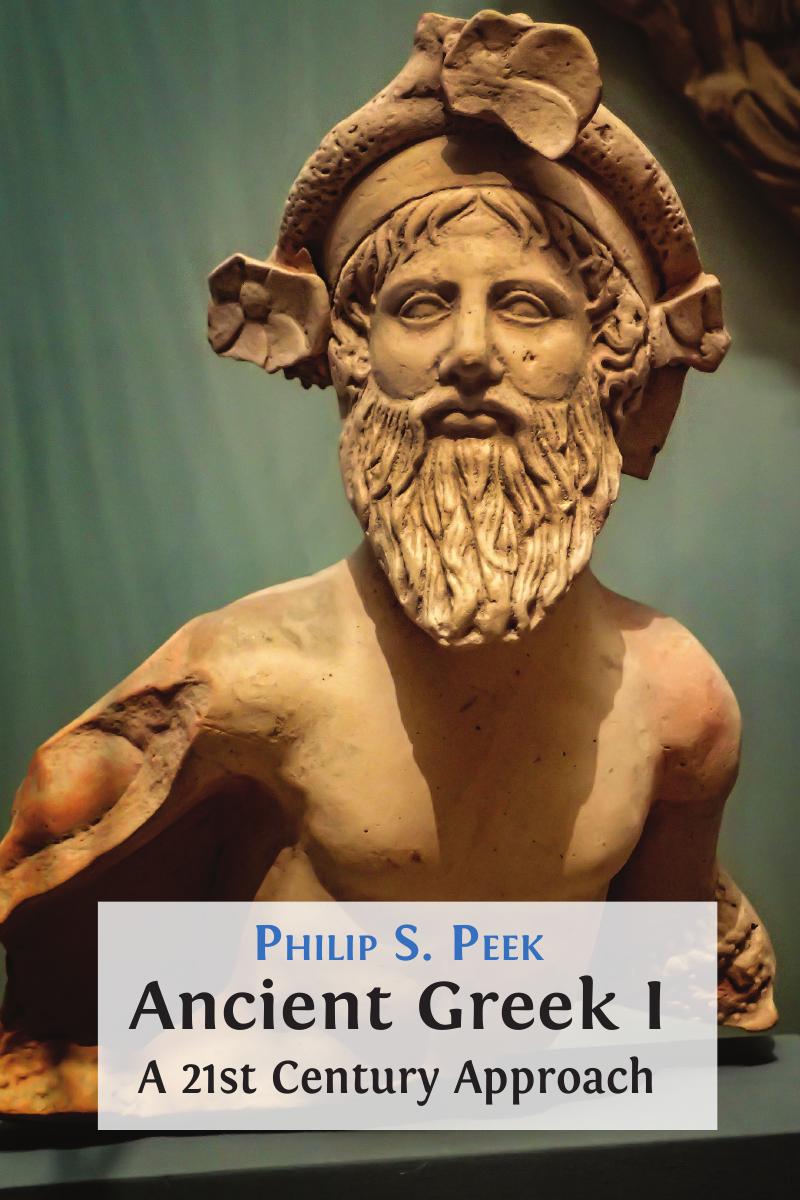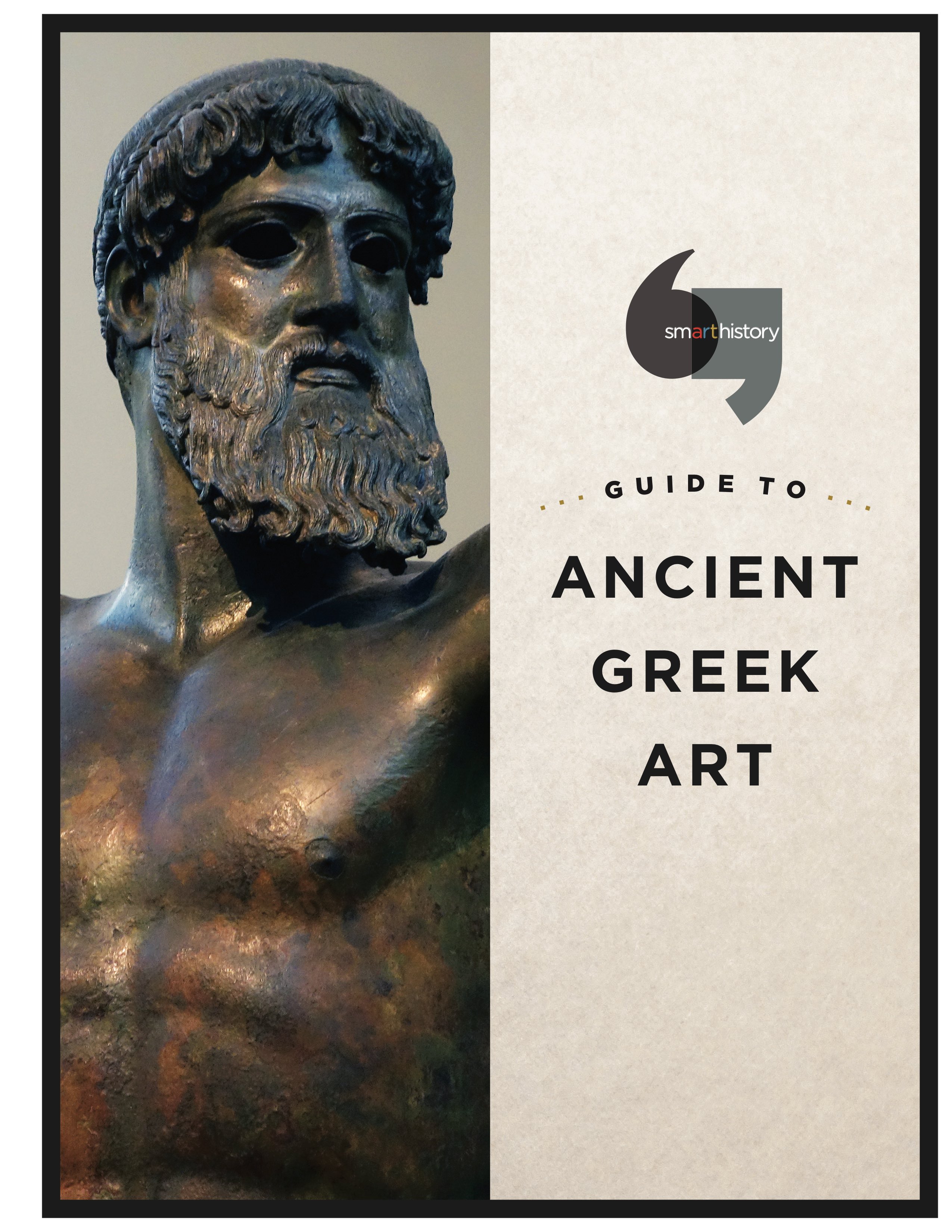Pieter de Hooch, baptised on this day, 20 December, in 1629, was a Dutch painter, famous principally for his depictions of the domestic life of women and children, and for his use of light. His work is related in theme and style to his contemporaries, the Dutch Golden Age great artists Jan Vermeer and Nicolaes Maes. De Hooch began painting domestic scenes after he started his own family. He married Jannetje van der Burch in 1654 and the couple had five children. Before this stage in his life, de Hooch mainly focused on soldiers, stables and taverns.
The painting below is typical of de Hooch’s work. Entitled ‘Een vrouw met een kind in een kelderkamer’ or ‘A woman with a child in a basement room’, it shows a mother and child with views into other rooms beyond them. The house’s style and decor is typically 17th century Dutch – look for the blue painted Delft tiles at the base of the wall behind the girl. It is quite possible that the woman, children and the rooms of the houses depicted are indeed his own wife and children and his own home.
In the next painting, de Hooch presents a woman performing what is called a ‘Mother’s Task’ – that is, checking for head lice in her daughter’s hair. Check out the Dutch box bed behind them – again, situating the scene firmly in the Netherlands. In this painting and the one above, you can see that a window or door in the room behind is open. This became a characteristic of his work – taking the viewer on a journey beyond the initial scene, encouraged by the lure of warm soft light and a wider world to discover.
